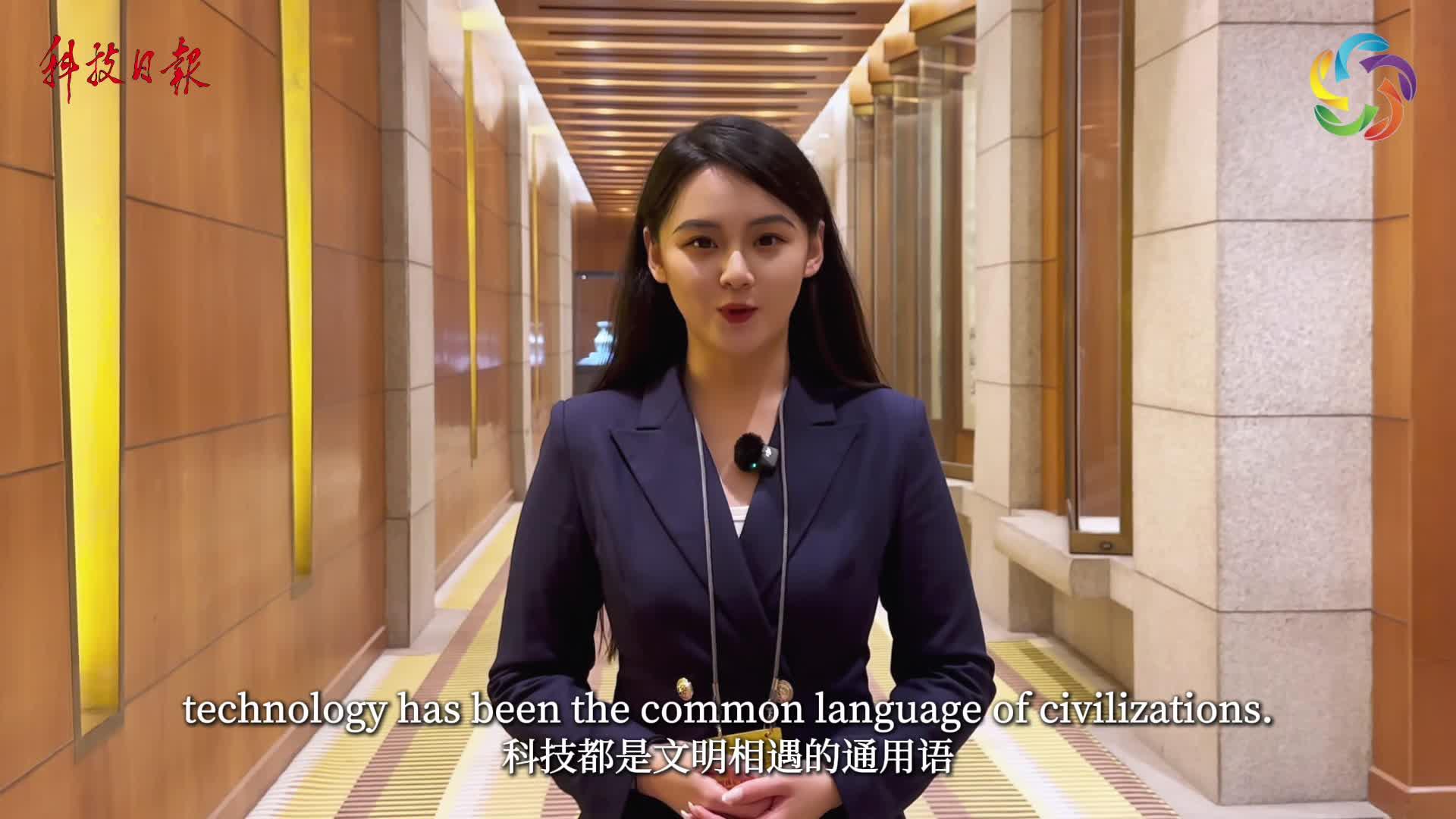Spring Festival on UNESCO Intangible Cultural Heritage List
On December 4, China's Spring Festival was inscribed on UNESCO's Representative List of the Intangible Cultural Heritage of Humanity. The 19th session of the Intergovernmental Committee for the Safeguarding of Intangible Cultural Heritage gave the nod to China's nomination of the "Spring Festival: Social Practices of the Chinese People in Celebration of the Traditional New Year."
The Spring Festival is China's most profound and richly celebrated traditional festival. For thousands of years, it has embodied the Chinese people's deep familial and national sentiments, reflecting values such as harmony between humans and nature, and peaceful coexistence among individuals. The festival plays a vital role in fostering family bonds, promoting social harmony, and contributing to economic development. As its global presence continues to expand, the Spring Festival has become a universally recognized symbol of Chinese culture.
On December 5, the session also approved the transfer of three Chinese cultural heritage projects from the List of Intangible Cultural Heritage in Need of Urgent Safeguarding to the Representative List of the Intangible Cultural Heritage of Humanity. These are the Traditional Li Textile Techniques: Spinning, Dyeing, Weaving and Embroidering, the Qiang New Year, and the Traditional Chinese Wooden Arch Bridges Construction Techniques.
These heritage projects have seen remarkable progress in preservation and sustainability. Traditional Li textile making and embroidery, still done by women of Li ethnicity in Hainan province, has spurred local economic development by creating employment opportunities for women through cooperatives and enterprises.
The Qiang New Year, a festival celebrated by the Qiang ethnic group, has contributed to the protection of traditional Qiang culture while boosting cultural tourism.
The traditional Chinese wooden arch bridge construction techniques, prevalent in parts of Fujian and Zhejiang provinces, represent a harmonious integration of intangible cultural heritage with natural and cultural ecosystems.
This marks the first successful application of the UNESCO mechanism for transferring items between lists under the framework of the 2003 Convention for the Safeguarding of Intangible Cultural Heritage. It reflects China's effective work in heritage preservation and offers valuable lessons for other nations.







